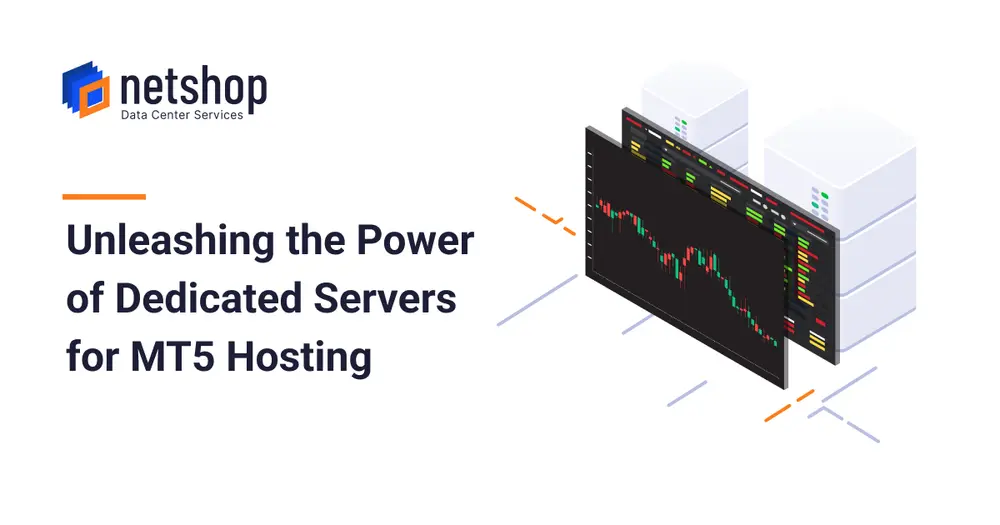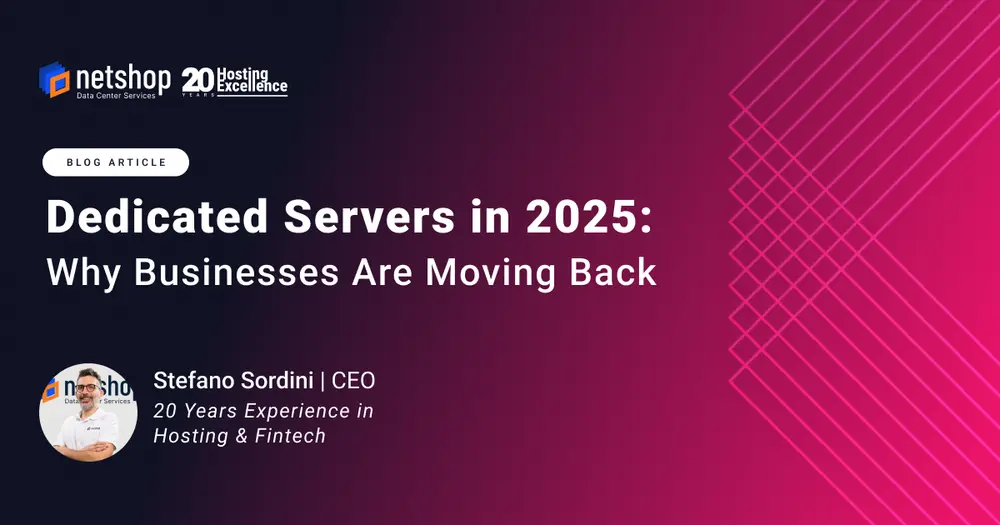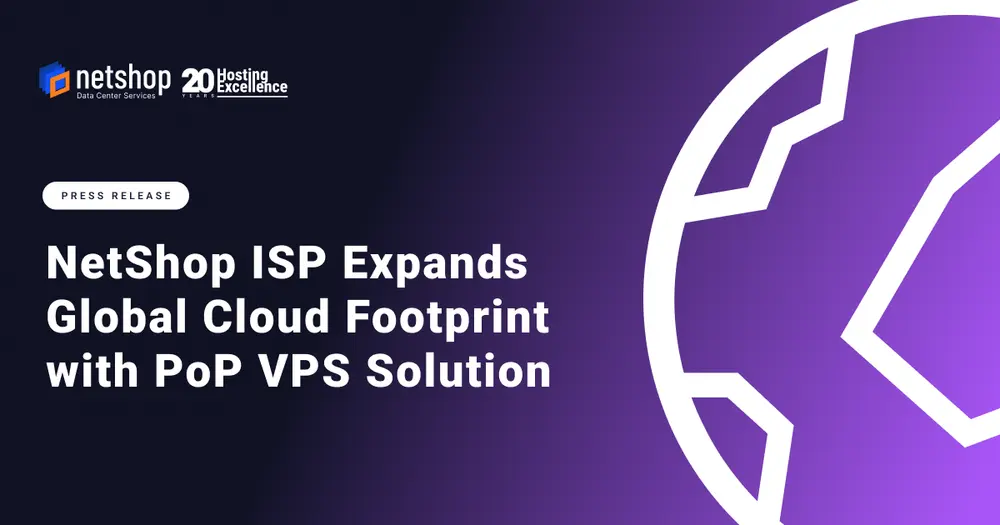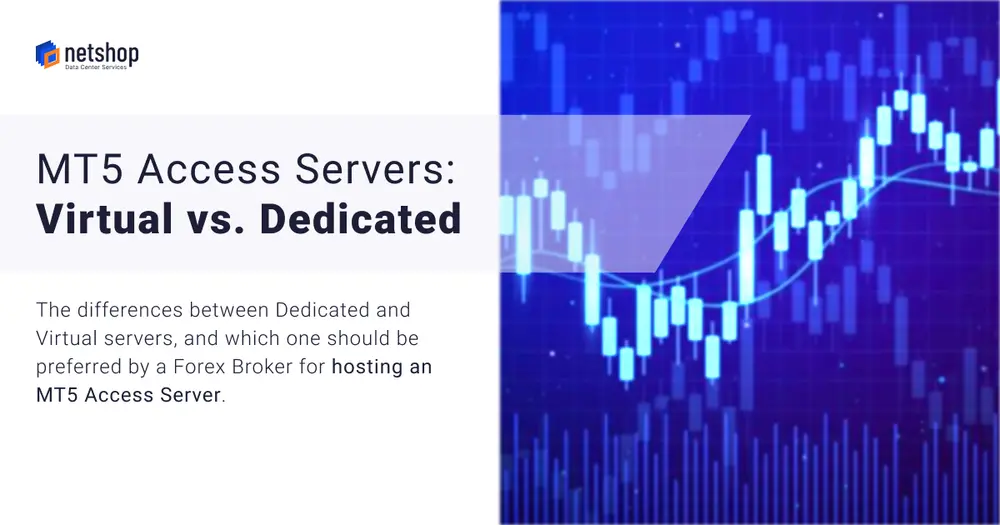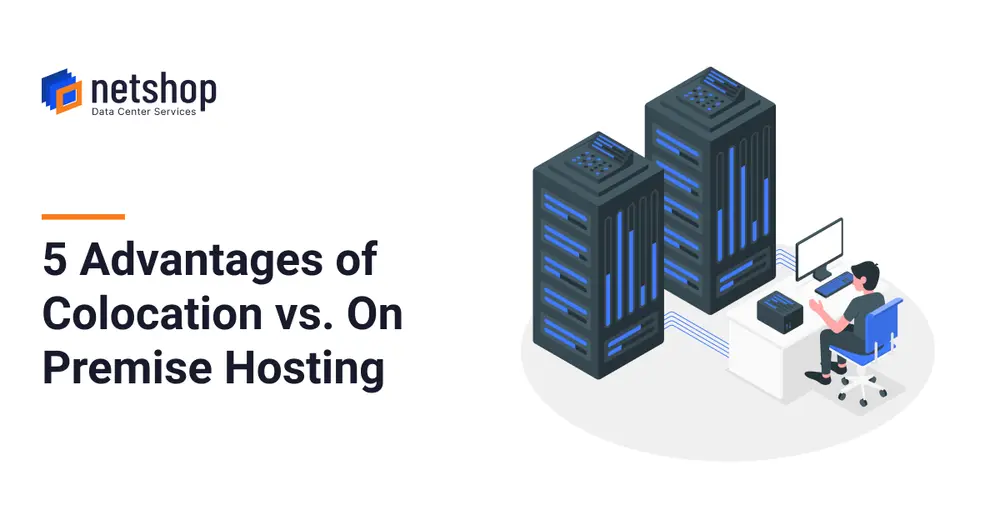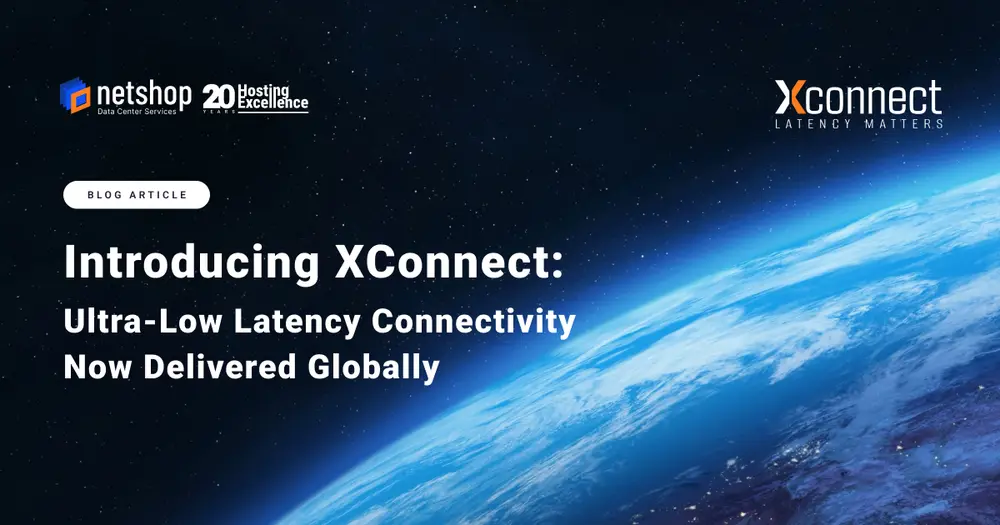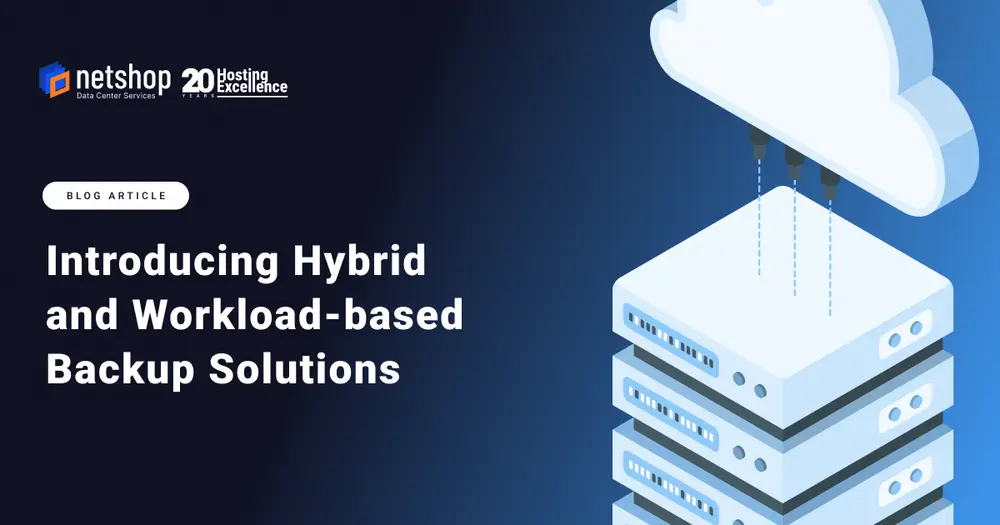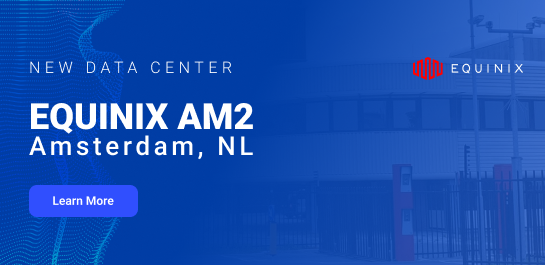The rise of data centers has been uncontrollable in the past few years. According to this recent post, there are already over 500 hyperscale data centers all over the world right now. The twist is that the present rate is dramatically accelerating and it accordingly took a span of two years for building more than 100 data servers. All facilities are for data storage, management, and processing. They serve for the cooling and power system that works for the overall computing infrastructure.
There are various opinions from experts with respect to a hyperscale data center. The aspect of company size assessment is given utmost consideration. Many companies today are using the data infrastructure for cloud-based services, e-commerce platforms, or social networking channels. And the main measurement parameter used for gauging are the thousands of servers being built.
Elaborating the Importance of Data Centers Is Quite Important
Data centers are either physical or virtual in nature. A business entity can use a data center for the purpose of housing computer facilities and equipment that include the servers, and other components for networking and computing. In retrospect, it is about the overall information technology (IT) landscape that is operational and functional for a certain company. The processes involve the storing and serving of large amounts of sensitive information and data. That information and data are highly critical to clients’ welfare and betterment. That’s why there is a need for tight informational security.
A data center that is often spelled as datacenter has massive and extensive requirements. It usually has backup systems for supplying power and energy, networking, cooling and policy-oriented security that work together for the smooth operation of the enterprise-based core applications.
Managing data centers entails a lot of things. The entire process and system are crucial. Determining the aspect of reliability is an important tenet. It has to reflect on the required connections between and among the different elements and components. Receiving, sending, processing, and sharing sensitive information is part of the entire gamut of data center operations. The application workloads should be cost-effective because they involve painstaking and tedious network computing.
The Emergence of Software-Based Data Centers
Conventionally, a data center is a physical space that has interconnected working systems. It is considered as a large-scale physical workplace that houses hundreds of computers together with their servers. But right now, there’s a shift from the traditional data center to a more revolutionized tech-based data center that is run by software tools. This is most commonly known today as the software-defined data center (SDDC). It is virtually operated. The data processing, management, and storage are mostly done through the working tools, equipment, as well as the clouds. The infrastructural operation of the concerned company is off-site or virtual.
The so-called software-driven data centers are more blended and hybrid, in one way or another. They’re technically bridging the processed and gathered data from one company channel to another enterprise. It is the new tech fashion that has been rising in terms of popularity. And many customers have been satisfied with the performance of SDDCs.
Dissecting the Essential Data Center Components
Based on this particular source, there are 4 essential components of a data center.
The security setup should be bolstered. This is the first essential component. The security level is attributed to both software and physical aspects. The operators and owners are thereby encouraged to invest much on the vulnerability shield, which is often called as the “application vulnerability management.” It is a system that prevents attackers from causing digital havoc.
Interconnectivity across the entire network is important. The Internet connection should be strong and reliable enough within the facilities. In cases where there’s low bandwidth, putting up a secondary channel or alternative source of speed is advised. An ill-fated operation has to be avoided. Take note that data centers work for the benefits of customers in terms of data computing and networking.
Remote management is playing in the field today. For a large data center, there are some basic elements being required. These elements include the following:
- Chassis/Rack
- Primary Power Source
- Uninterruptable Power Supply (UPS)
- Battery Backup
- Other Connectivity Elements
Heterogeneous IT hardware must be streamlined. This is the fourth essential component. The use of IT hardware like OSes is needed. Protocol options are vital for the entire operation. An operational technology (OT) team has to take charge of the management of the hi-tech and up-to-date equipment and tools. Troubleshooting any problems should be a part of the streamlined aspects of the whole team.
